SOURCE: AFI


The Indian Army recently acquired 96 ATOR N1200 Specialist Mobility Vehicles (SMVs) manufactured at JSW Gecko’s newly established facility in Chandigarh, Punjab. This acquisition marks a significant step in indigenizing high-mobility, all-terrain vehicles, crucial for military operations in challenging terrains.
The ATOR N1200 is an indigenized version of the SHERP N1200, an amphibious extreme mobility vehicle designed by UK-based Copato Ltd. Copato has partnered with JSW Defence and JSW Gecko through a joint venture and technology supply license agreement to enable local manufacturing in India.
Continue readingSOURCE: IDRW.ORG.


In a significant milestone for India’s nuclear deterrence capabilities, the INS Arihant, India’s first nuclear-powered ballistic missile submarine (SSBN), reportedly conducted its first operational trial of the K-4 Submarine-Launched Ballistic Missile (SLBM) yesterday morning. According to a report by the Times of India, this marks a major step forward in integrating long-range SLBMs into India’s underwater strategic forces.
The K-4 SLBM, with a range of approximately 3,500 km, represents a considerable advancement over the K-15 (B-05) missile, which has a range of 750 km. Until now, tests of the K-4 had been carried out from submerged platforms says TOI report, ensuring the missile’s capabilities in realistic underwater launch scenarios. But idrw.org Reports from 2022 indicated that INS Arihant successfully conducted trials of the K-15 SLBM, marking its ability to operationally deploy short-range SLBMs but also K4 trials were also carried out in the same year as two trials were recorded from Arihant, so technically this could be a second test but first full-range test of the K-4 missile.
Continue readingSOURCE: IDRW.ORG.


The indigenously developed Zorawar light tank has arrived in Ladakh for a month-long trial at the Nyoma field firing range. This critical phase of testing, which commenced in mid-November, is scheduled to conclude by mid-December 2024. Developed by the Defence Research and Development Organisation (DRDO) in collaboration with Larsen & Toubro (L&T), the Zorawar is poised to play a pivotal role in enhancing the Indian Army’s capability in high-altitude and challenging terrains.
The Zorawar light tank has already successfully completed its internal trials and firing trials, which were jointly conducted by L&T and DRDO. These tests validated the tank’s core systems, including its advanced firepower, mobility, and survivability features. Now, the platform has entered the critical user trial phase, where it will be assessed by the Indian Army under operational conditions.
Continue readingSOURCE: AFI


History seems destined to repeat itself in the realm of India’s fighter aircraft procurement. The announcement that a Request for Proposal (RfP) for the acquisition of 114 Multi-Role Fighter Aircraft (MRFA) is “imminent” rings strikingly similar to the ill-fated Medium Multi-Role Combat Aircraft (MMRCA) tender of 2007. Valued at an estimated $20 billion, this is yet again projected to be the most expensive military acquisition in India’s history.
The MRFA tender bears an uncanny resemblance to the MMRCA process that began 17 years ago, aimed at procuring 128 fighters, with 108 to be manufactured in India. After a rigorous selection process, the Rafale emerged victorious in 2012, but the acquisition was scrapped in 2014 in favor of a direct purchase of 36 Rafale jets. This abrupt shift not only derailed the modernization of the Indian Air Force (IAF) but also sparked allegations of irregularities.
Continue readingSOURCE: AFI


The Indian Army is set to bolster its firepower with the acquisition of 200 new and upgraded Konkurs Missile Complexes, specifically designed for its fleet of BMP-2 Infantry Fighting Vehicles (IFVs). This development is part of ongoing efforts to modernise the Army’s armoured capabilities and ensure that its platforms remain combat-ready and effective in evolving battlefield scenarios.
The Konkurs-M, the latest iteration of the system, is a second-generation, semi-automatic, wire-guided anti-tank guided missile (ATGM) system. It is known for its reliability, precision, and capability to engage a variety of armored targets, including those equipped with reactive armor. The Konkurs system has been a staple in the Indian Army’s arsenal, and this acquisition reflects the Army’s confidence in its combat effectiveness and adaptability to modern threats.
Continue readingSOURCE: AFI

The Tejas Mk-II, also known as the Medium Weight Fighter (MWF), represents India’s ambitious leap in indigenous fighter jet development. Over the past decade, the program has undergone significant design modifications, reflecting evolving requirements and the pursuit of advanced capabilities to meet future combat challenges.
The first official mention of the Tejas Mk-II was made in 2009 by Ashok Baweja, then Chairman of HAL, during Aero India 2009. He described the project as a larger, more powerful derivative of the Tejas Mk-I, powered by a next-generation engine. Under P.S. Subramanyam, Director of the Aeronautical Development Agency (ADA), the vision expanded to include five squadrons with 70% indigenous content and a projected first flight in 2014.
Continue readingSOURCE: AFI
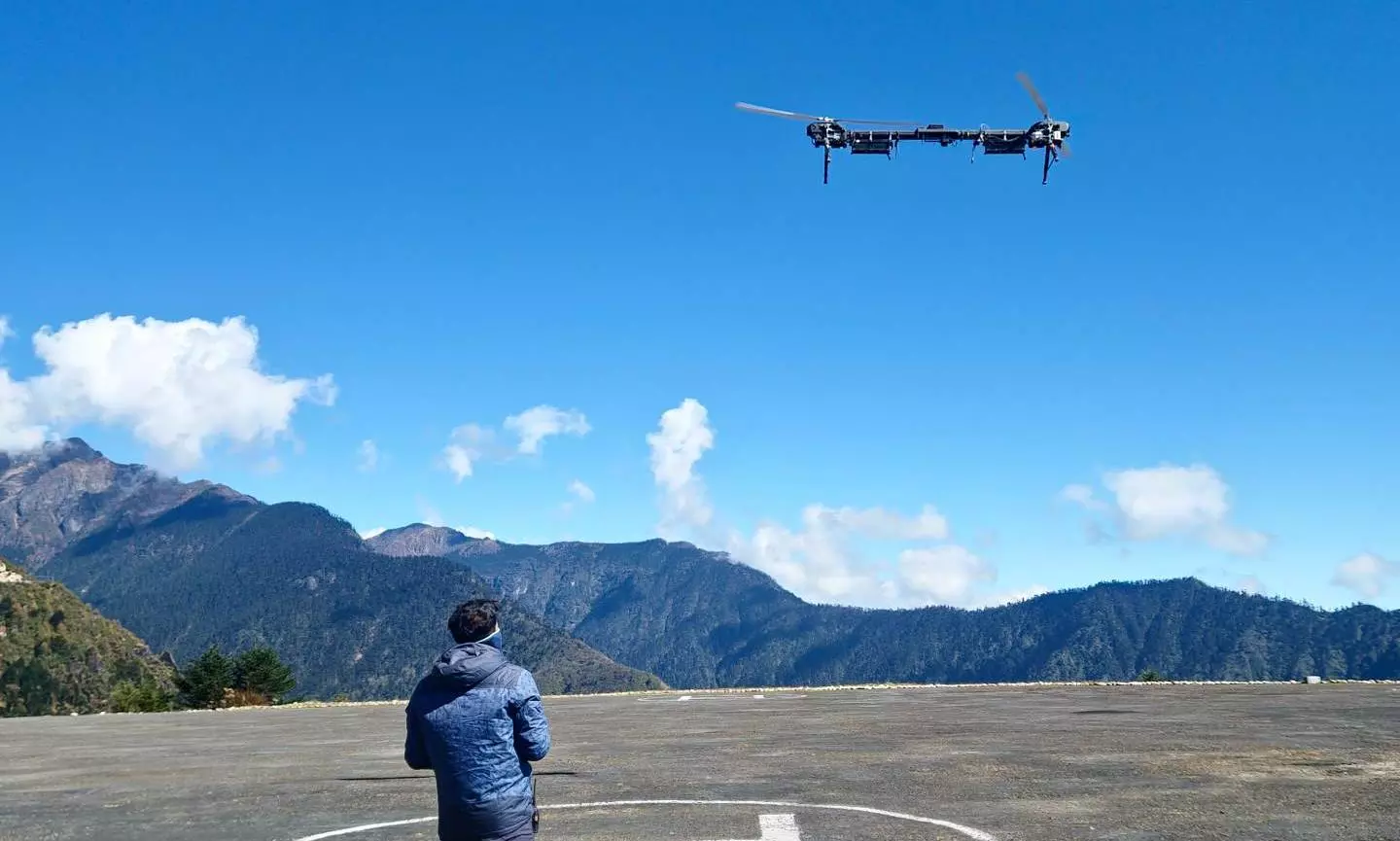

EndureAir Systems, a leading provider of innovative unmanned aerial vehicle (UAV) solutions, has achieved a significant milestone by successfully delivering its state-of-the-art Sabal 20 logistics drone to the Indian Army’s Eastern theatre. This marks a pivotal moment in advancing the Indian Army’s logistics capabilities, particularly in challenging terrains.
The Sabal 20, an electric unmanned helicopter, is designed to revolutionize aerial logistics. Its variable pitch technology empowers it to carry payloads of up to 20 kilograms, which is equivalent to half its weight. This impressive payload capacity, coupled with its scalable design, positions the Sabal 20 as a versatile tool for various military and civilian applications.
Continue readingSOURCE: AFI


In response to the escalating terror attacks in the Jammu region, the Ministry of Home Affairs (MHA) has taken a significant step by establishing a permanent National Security Guard (NSG) hub in the winter capital of Jammu and Kashmir.
This strategic move aims to bolster security and ensure rapid response to any major terrorist incident. The NSG hub, strategically located in Jammu city, will house a substantial number of elite commandos, sufficient to handle any emergency situation that may arise.
Continue readingSOURCE: RAUNAK KUNDE / NEWS BEAT / IDRW.ORG
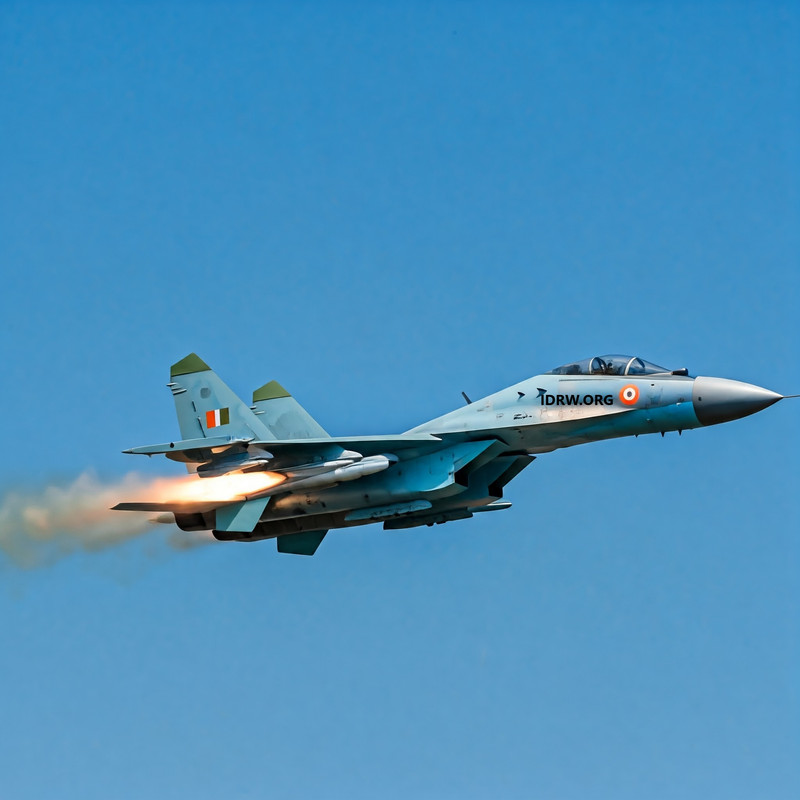

The European consortium responsible for developing the Meteor, one of the world’s most advanced long-range air-to-air missiles, is reportedly not keen on supporting the Indian Air Force’s (IAF) plans to integrate the missile on its frontline fighter jets like the Super Su-30MKI, Tejas Mk1A, and the upcoming Tejas MkII. Currently, only the 36 Rafale jets in India’s arsenal are equipped with the Meteor missile, despite the IAF’s interest in expanding the missile’s integration to other indigenous and Russian-origin platforms.
Besides the Rafale, the Meteor has been integrated with the Gripen-E and Eurofighter Typhoon, which are contenders in India’s Medium Role Fighter Aircraft (MRFA) tender for 114 fighter jets. Industrial sources close to idrw.org reveal that the European consortium has reservations regarding the Meteor’s integration on Russian-origin platforms and has shown reluctance to support its deployment on Indian-made jets like the Tejas Mk1A. This stance appears to be a deliberate strategy, with the consortium aiming to position the Meteor missile as a unique selling proposition (USP) for European fighters in India’s MRFA competition. By limiting the Meteor to European platforms, the consortium is possibly creating a competitive advantage for its missile-equipped fighter jets in the tender process.
Continue readingSOURCE: RAUNAK KUNDE / NEWS BEAT / IDRW.ORG
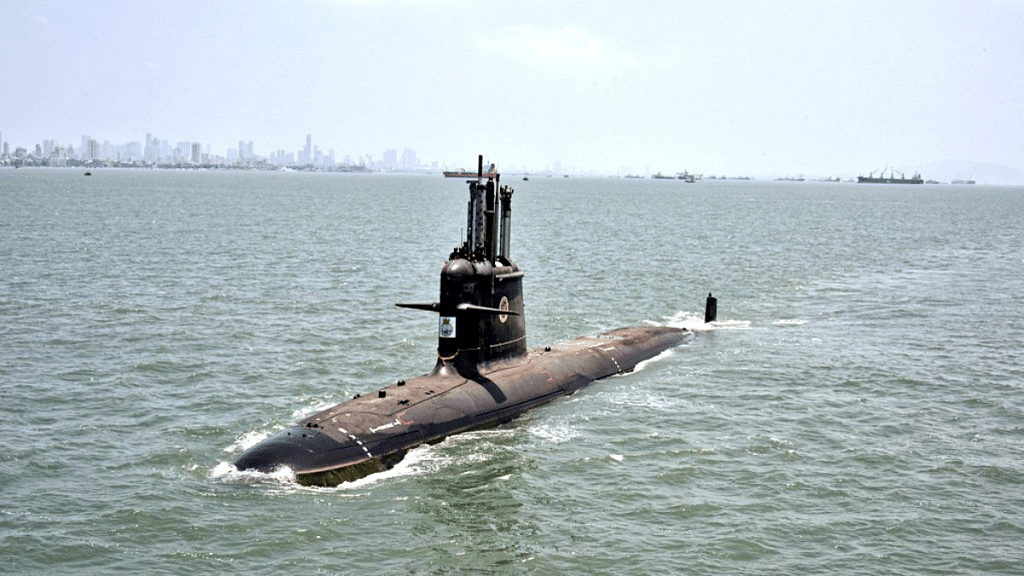

The Defense Research and Development Organisation’s (DRDO) ambitious Air-Independent Propulsion (AIP) system, developed specifically for the Indian Navy’s Kalvari-class submarines, appears likely to miss its scheduled 2025 installation target due to delays in ground-based testing. Sources close to the project informed idrw.org that several critical tests for the AIP system are still pending, casting uncertainty over its timeline.
The AIP system, designed to enhance underwater endurance and stealth capabilities, was initially planned for integration into the first of the Scorpène-class submarines, INS Kalvari, during its upcoming refit scheduled for 2025. However, delays in testing mean that the integration may now be pushed to 2026 or to the Second Kalvari Class submarine.
Continue readingSOURCE: RAUNAK KUNDE / NEWS BEAT / IDRW.ORG


Russia has introduced a new-generation engine designed to replace the existing AL-31 and AL-41 engines currently used in Su-30 and Su-35 fighter jets, offering improved performance and durability. This engine upgrade is seen as a potential enhancement for India’s Su-30MKI fleet, with the Indian Air Force (IAF) and Hindustan Aeronautics Limited (HAL) currently exploring local upgrade options to extend the service life and boost the capabilities of these frontline fighters.
The new engine has undergone a comprehensive redesign to integrate wide-chord fan blades, which offer significant advantages in terms of low mass and high structural strength. This innovative design enhances the engine’s aerodynamics, ensuring optimal performance in high-stress flight conditions. Extensive tests conducted at the Central Institute of Aviation Motors (TsIAM) have confirmed that the engine’s frontal performance exceeds world-class benchmarks, achieving unprecedented efficiency levels for engines in its class.
Continue readingSOURCE: AFI


India has unexpectedly withdrawn the Notice to Airmen (NOTAM) it issued for the period of November 27 to November 30, raising questions about the missile test that was expected to occur during this time. Speculation is rife that a test of the K-4 Submarine-Launched Ballistic Missile (SLBM) was conducted on November 27, 2024, from the INS Arihant, India’s indigenously developed nuclear-powered ballistic missile submarine. However, there has been no official confirmation from the Indian government or defense authorities, even after 12 hours of the reported test.
The K-4 SLBM is a cornerstone of India’s sea-based nuclear deterrence. Developed by the Defence Research and Development Organisation (DRDO), the missile boasts a range of approximately 3,500 kilometers, enabling it to target strategic assets deep inside an adversary’s territory while remaining concealed underwater. The K-4 enhances the second-strike capability of India’s nuclear triad, providing a credible deterrent against potential aggressors.
Continue readingSOURCE: AFI
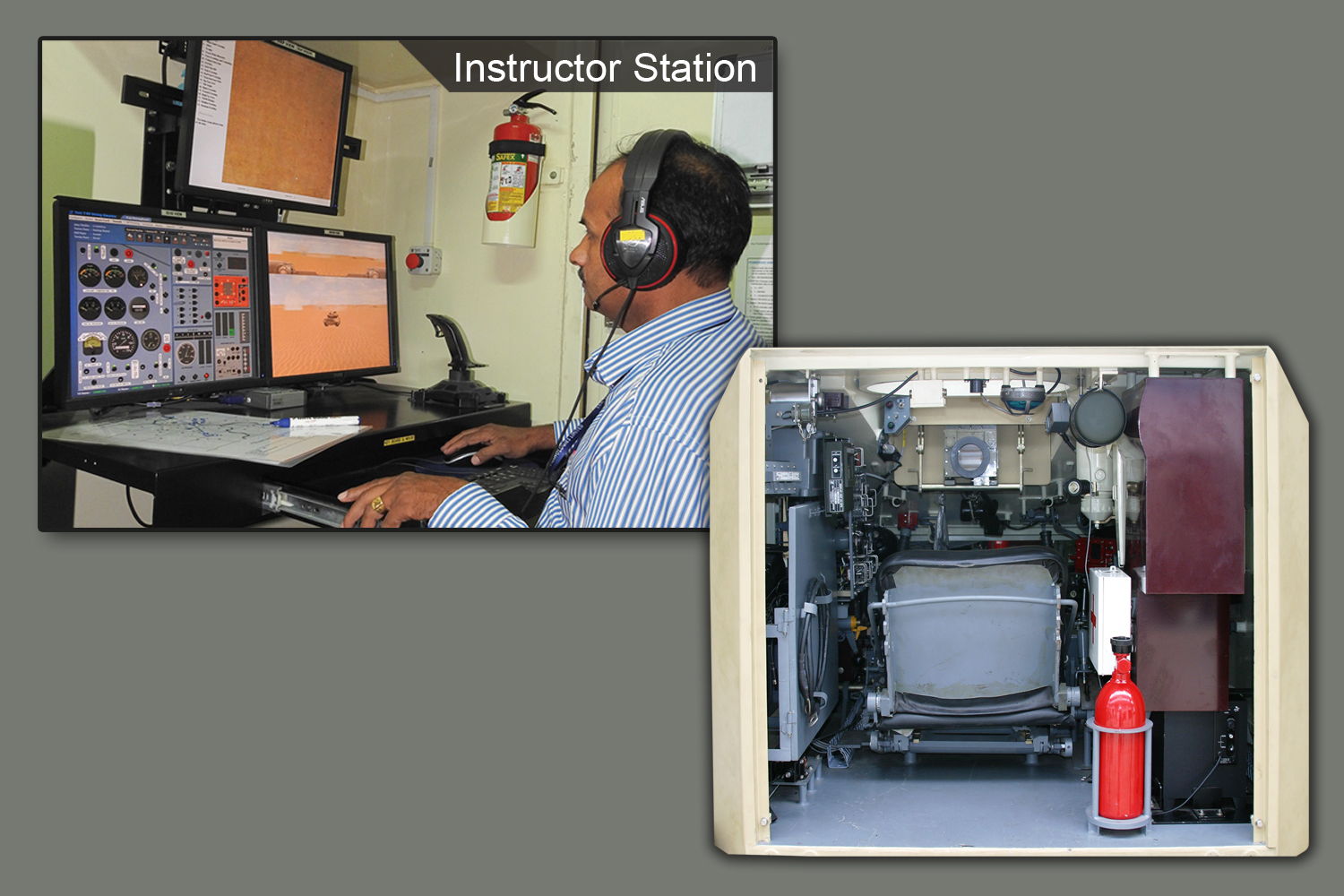

Zen Technologies, a leading provider of advanced military training solutions, has announced the successful acquisition of an Indian patent for its innovative T90 Containerized Crew Gunnery Simulator (T90 CGS). This milestone marks the company’s 20th patent granted in 2024 and the 10th in the current financial year.
The T90 CGS is a cutting-edge training system designed to enhance the gunnery proficiency of T-90 tank crews. By replicating the interior of a T-90 tank turret and incorporating realistic controls, the simulator offers an immersive training experience. The system’s 3-degree-of-freedom motion platform further enhances the realism, simulating the dynamic conditions of battlefield scenarios.
Continue readingSOURCE: AFI


BEML Limited and Mazagon Dock Shipbuilders Limited (MDL) have signed a strategic Memorandum of Understanding (MoU) to collaborate on research and development in advanced marine technologies. The signing ceremony took place at BEML’s Delhi office, with the presence of key officials from both organizations, including the CMD of BEML and the Director (Shipbuilding) of MDL.
This partnership aims to leverage the combined expertise of both companies to develop innovative solutions for the Indian Navy and Coast Guard. By pooling resources and sharing knowledge, BEML and MDL intend to accelerate the development of cutting-edge technologies that will enhance the capabilities of India’s maritime forces.
Continue readingSOURCE: AFI


Hindustan Shipyard Limited (HSL), Visakhapatnam, hosted a high-profile delegation from Toshiba’s Battery Division, Japan, on November 26, 2024. This strategic meeting was aimed at exploring cutting-edge energy storage solutions tailored for the maritime sector.
The delegation was led by Sato Goro-san, Group Head of Battery Sales and Business Development at Toshiba Japan, along with Kazutaka Nishimura-san, Director of Toshiba India, and Mr. Rakesh Trakru, Sales Incharge of Toshiba India. They were accompanied by Mr. Maninder Singh from the LWT Group. The team was warmly welcomed by Cmde Girdeep Singh, Director of HSL, who highlighted the shipyard’s commitment to incorporating innovative technologies under the “Make in India” initiative.
Continue reading